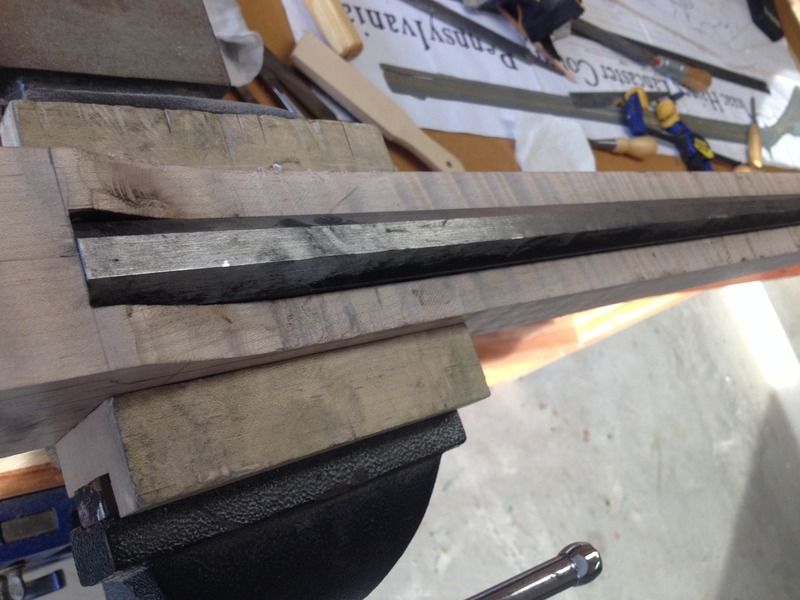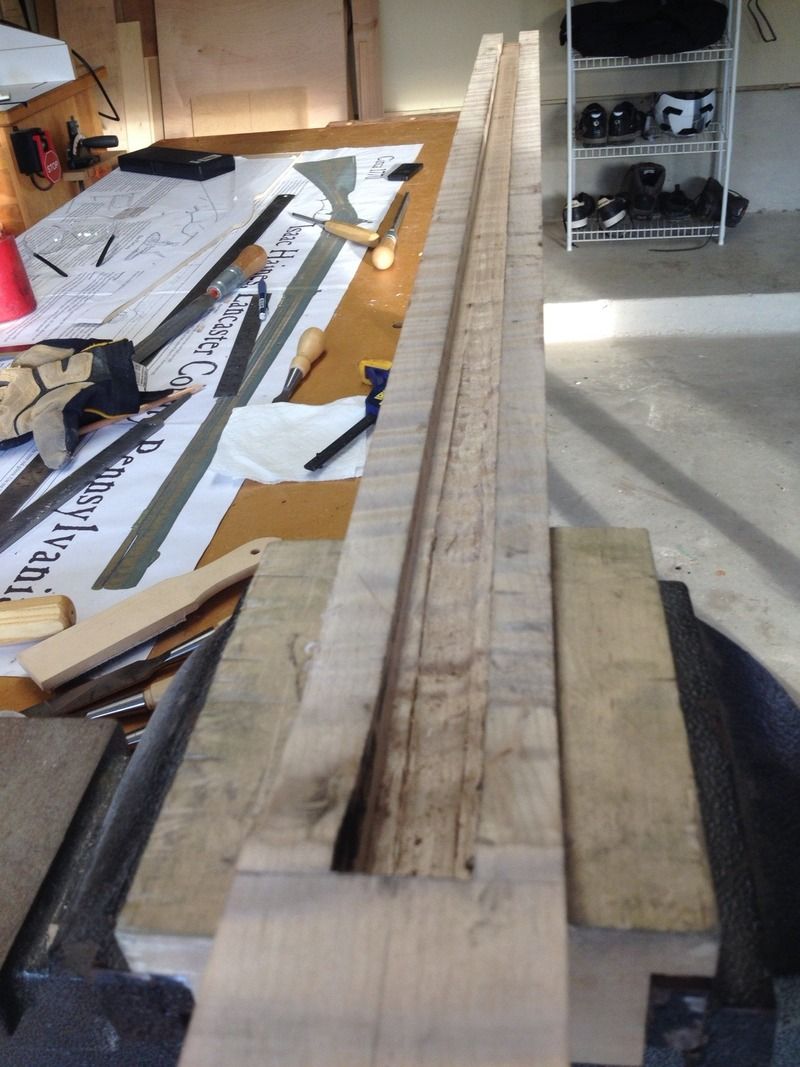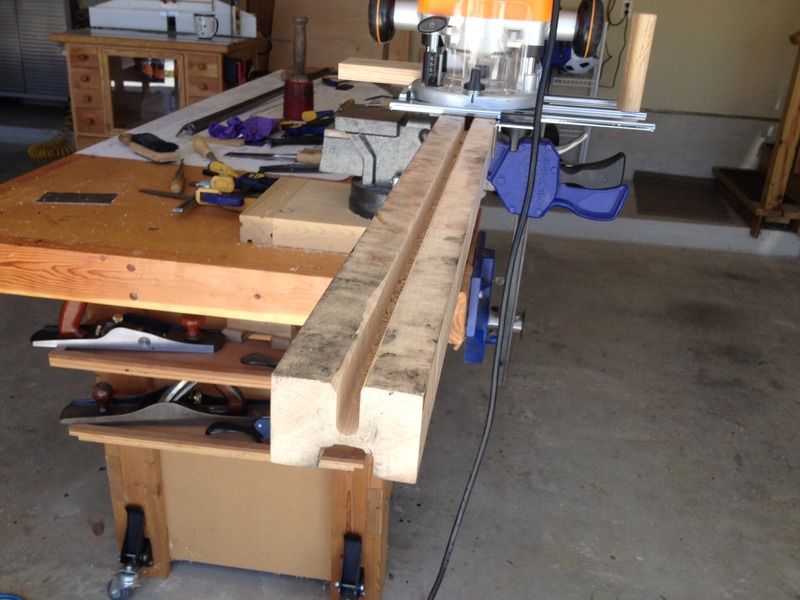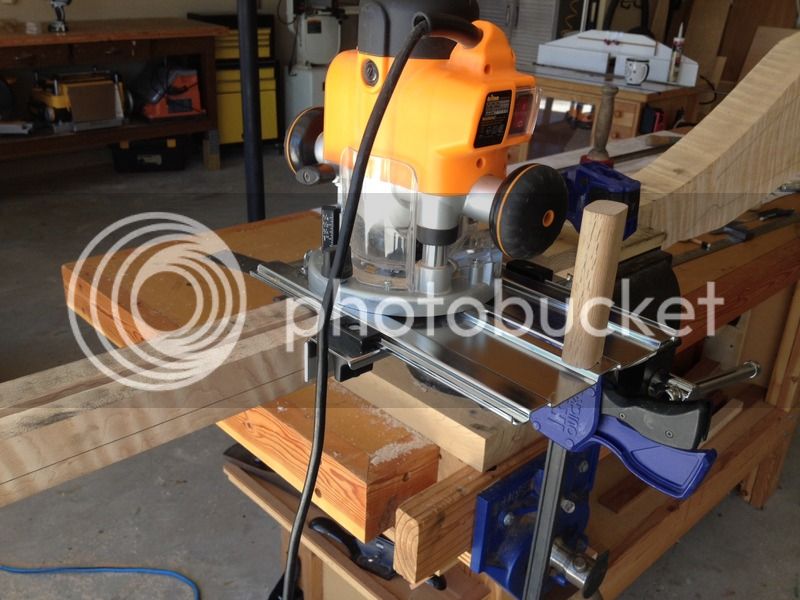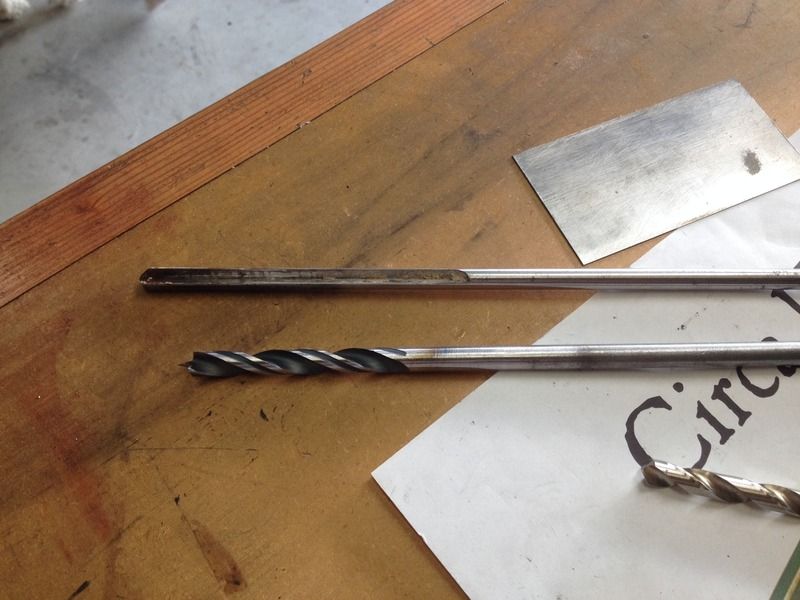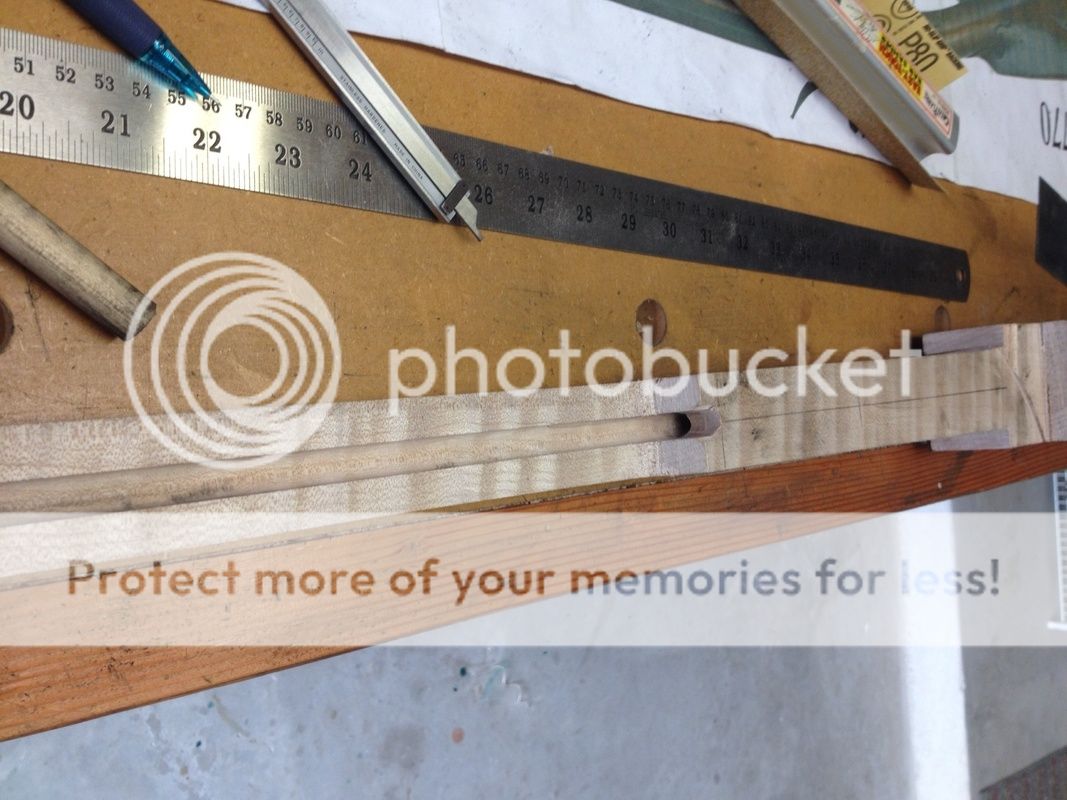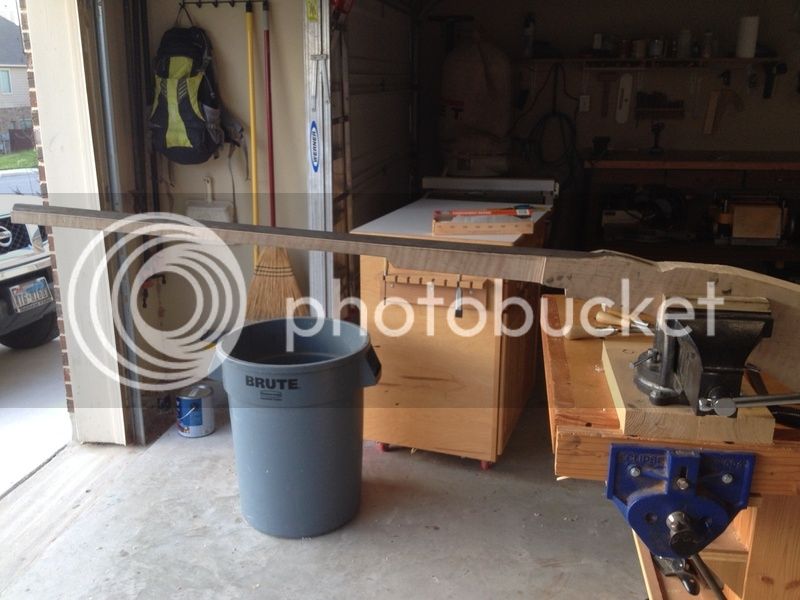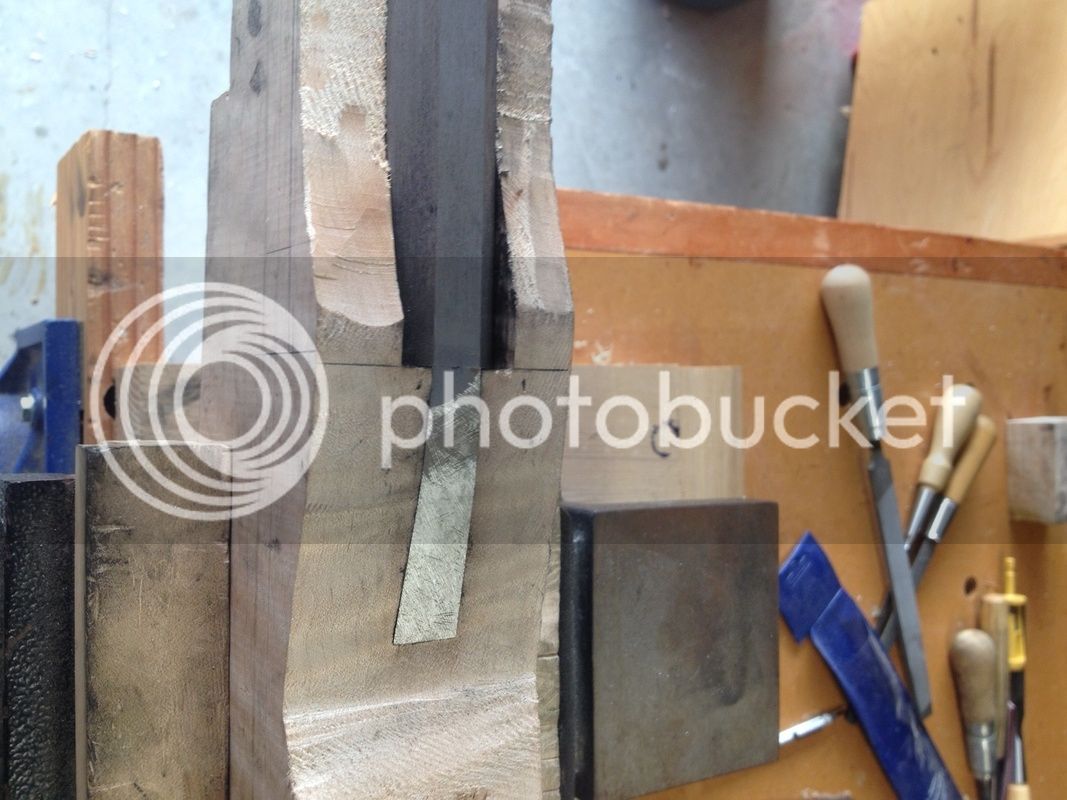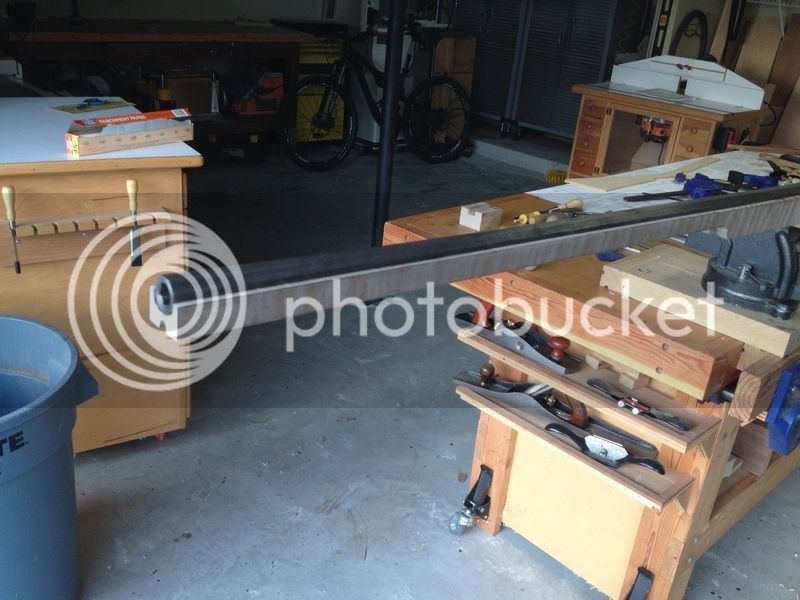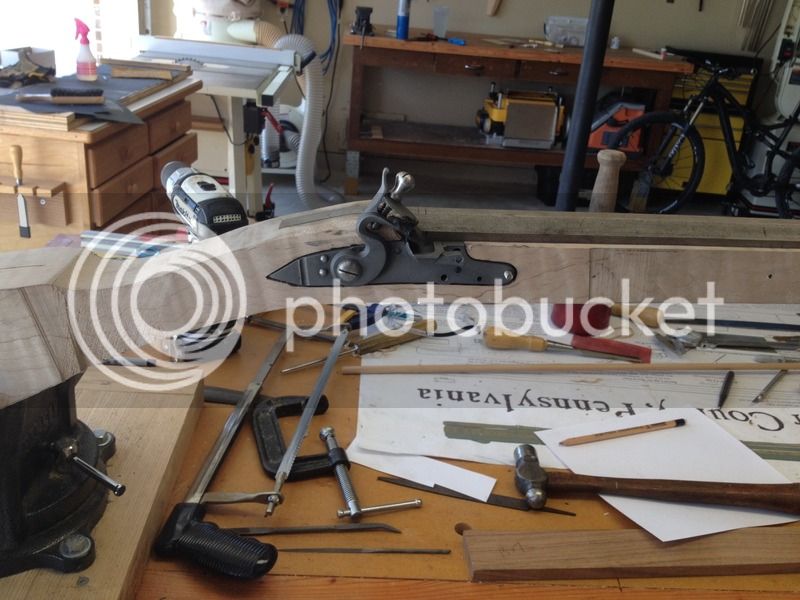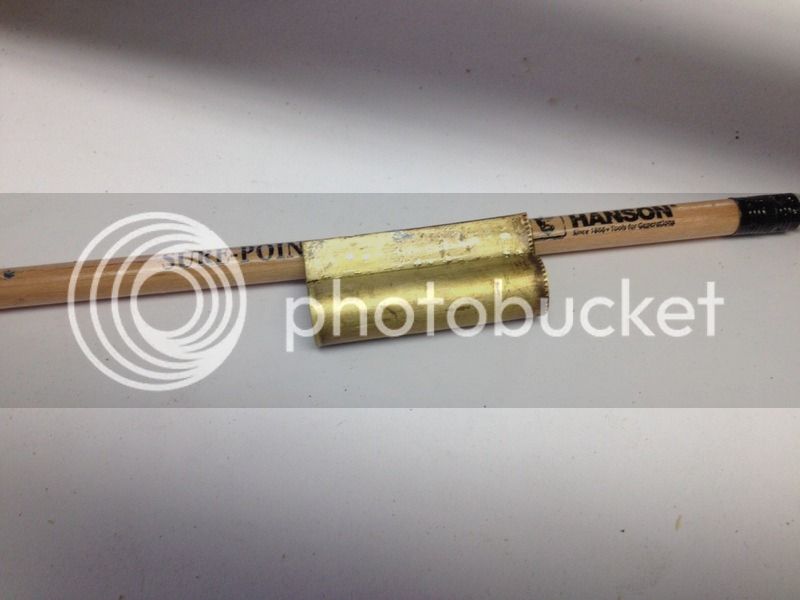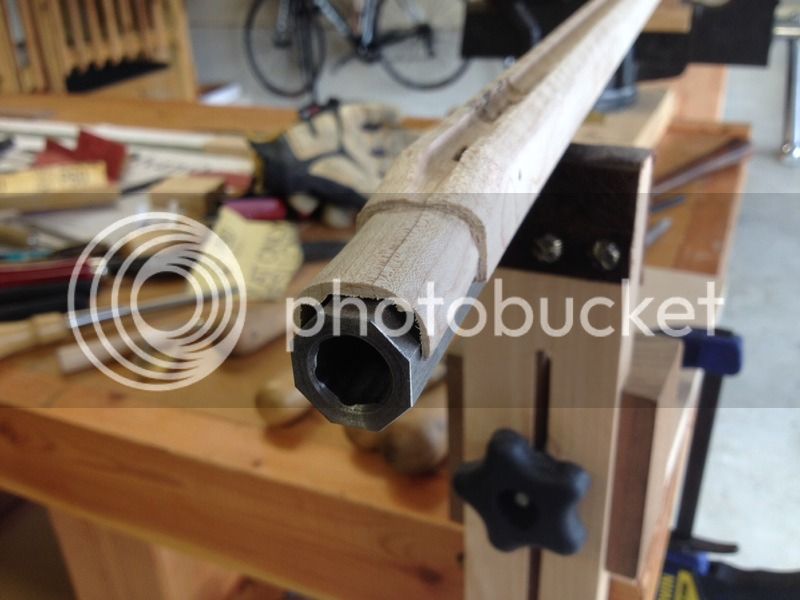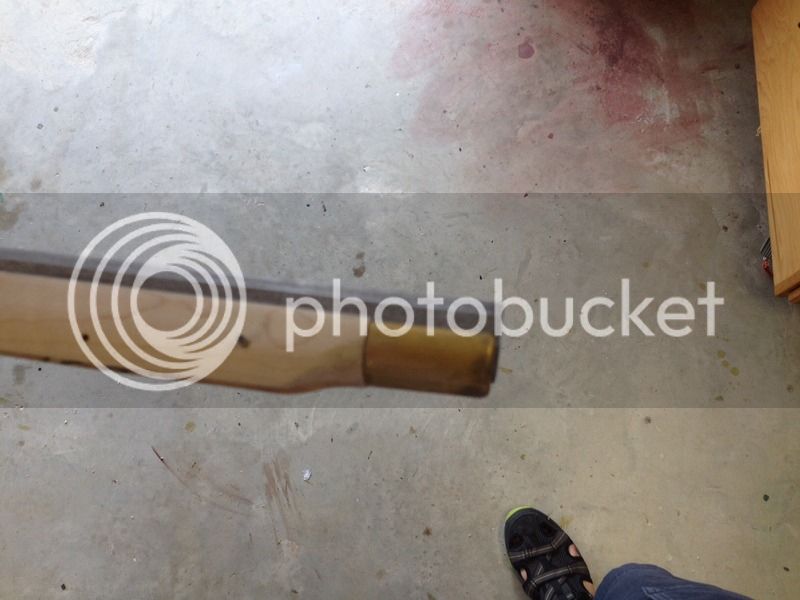River Jordan
Pilgrim
- Joined
- Nov 12, 2011
- Messages
- 1
- Reaction score
- 0
Well said
I have had the opposite thing happen to me. I bought a nice well made rifle from a local fellow with the intention of building my own at some point and using it as a reference (not to copy mind you).
However, it fits me so well and also is extremely precise (especially offhand) that I hesitate to start my own project as this rifle is so fantastic.
Not a bad problem to have. proper fit--length of pull-drop-eye relief etc. really enhance the enjoyment far more than I ever considered before.
When I do build my rifle I know exactly how it should be dimensioned to fit me.
I have had the opposite thing happen to me. I bought a nice well made rifle from a local fellow with the intention of building my own at some point and using it as a reference (not to copy mind you).
However, it fits me so well and also is extremely precise (especially offhand) that I hesitate to start my own project as this rifle is so fantastic.
Not a bad problem to have. proper fit--length of pull-drop-eye relief etc. really enhance the enjoyment far more than I ever considered before.
When I do build my rifle I know exactly how it should be dimensioned to fit me.





